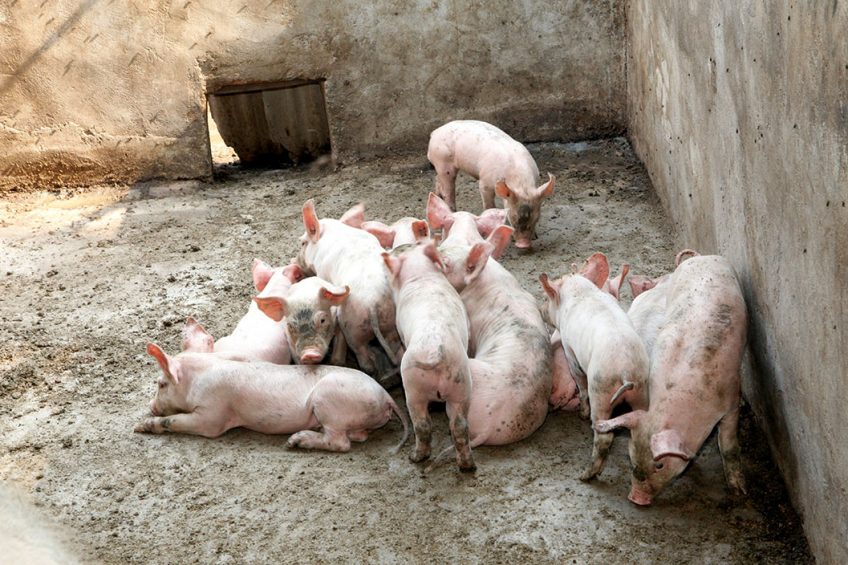Russia: ASF reduced backyard farms; large farms profit

Backyard farming, once the major method of pig production in Russia, is bit by bit becoming a rare phenomenon. Especially as a consequence of the African Swine Fever (ASF) virus, only larger pig farms managed to bounce back, like e.g. in Kaliningrad.
Not surprisingly, overall pig production by backyard production has shrunk in recent years. According to estimates by the Russian Union of Pork Producers, backyard farmers accounted for 1.1 million tonnes in 2005. That figure had almost halved to be 630,000 tonnes in 2015, according to the union. By 2024, it is projected that the total output by backyard pig farms is further reduced to somewhere between 200,000 and 250,000 tonnes.
African Swine Fever is believed to be the main factor affecting backyard farms, as these farms are usually poorly protected against the disease. The veterinary services usually close these facilities when an ASF outbreak is located nearby, in an attempt to prevent the further spread of the virus.
Bouncing back: A pig farm in Kaliningrad
For backyard farms, often it proves difficult to come back or start up again in those cases. In this context the situation is different with larger-scale farms. A look into the situation of the Kaliningrad region may illustrate that well. That region was home to the largest pig farm in Russia that was ever hit by ASF. It is on its way to fully restore production and even to expand it in future.
Kaliningrad-based Pravdinsk Pig Production, a part of the Russian Baltic Pork Invest, was hit by ASF in July 2018. Russia’s veterinary watchdog Rosselkhoznadzor ordered the cull of the whole pig population at the farm – at the time it was about 111,000 heads. That outbreak was most likely the largest in Russia in terms of the number of pigs culled.

Pig production in Russia – what is it like?
The Kaliningrad region is an exclave, isolated from the rest of the territory of Russia, and bordering Poland and Lithuania. That situation meant that the problems at the Pravdinsk site caused a temporary shortage of pork at the local markets, with strong price fluctuations in the months following the outbreak.
Complete recovery at Pravdinsk
Pravdinsk already restored production at half of its production complexes, and the complete recovery is expected in due course, Anton Alikhanov, governor of Kaliningrad region said at a press conference on 11 January. There is even a 3rd production stage planned to be built at Pravdinsk, which means that the overall production is expected to grow.

Several years ago, Pig Progress visited the Pravdinsk facility. Take a look around.
In general, investment projects in the region’s pig industry have an overall investment value of around 5.5 billion roubles ($ 80 million), expected to be implemented in the coming years, Mr Alikhanov said. He added that, although the ASF epidemic had been especially fierce in the Kaliningrad region in 2018, it did not impact the investment attractiveness of the local pig industry.
Not everyone recovers
That picture is not so bright for all segments of Russia’s pig industry. As part of the quarantine measures applied after the ASF outbreak at Pravdinsk pig farm, the pig population at backyard farms in the region has compulsorily been reduced by 99% from more than 10,000 heads to only 104 heads, Mr Alikhanov said at a press conference in December 2018.

Read more about African Swine Fever in the Pig Progress Health Tool
Mr Alikhanov said that the Kaliningrad government simply believes there should not be pigs in backyard farms, as long as their owners are not able to provide sufficient protection against ASF. As from November 2017, ASF has spread almost all over the entire territory of the Kaliningad region, but now the situation is under control, according to Mr Alikhanov. The quarantine regime is still in force in most parts of the region and it prevents the establishment of new backyard pig farms.











